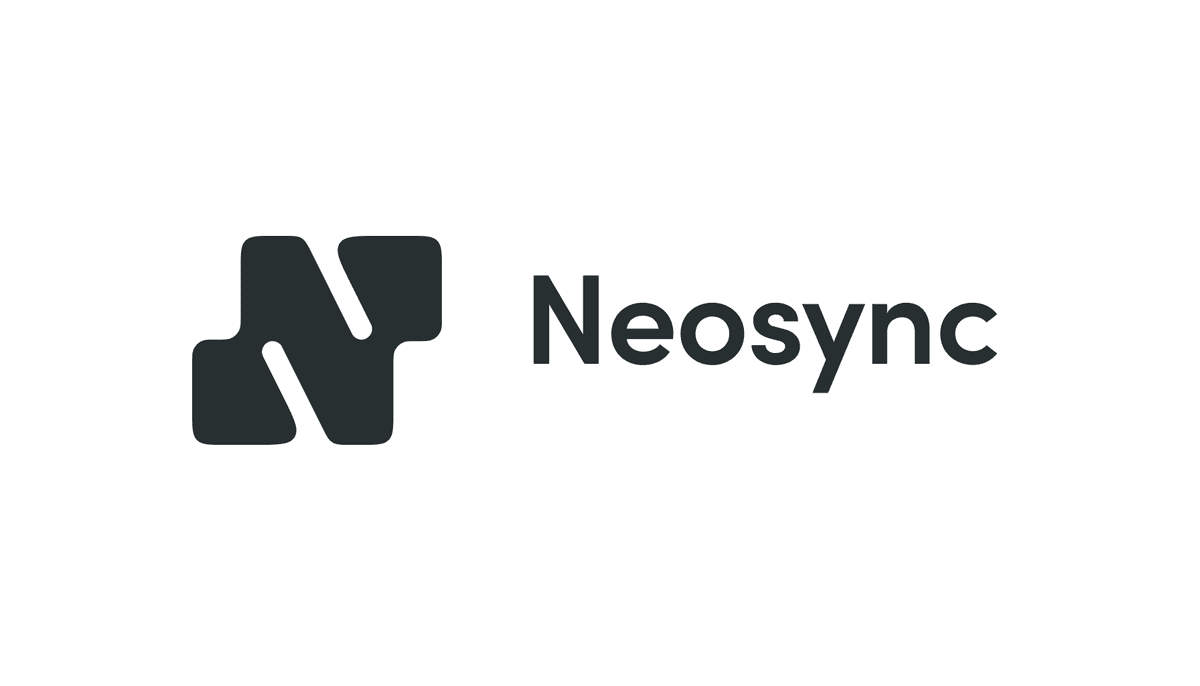
3 types of Zero-Downtime Deployments in Kubernetes
A guide to the 3 types of zero-downtime deployments in Kubernetes
November 29, 2023

Test data is one of the most important yet least talked about parts of software engineering. At a certain point in time, every developer has thought that their code was perfect and would function without bugs. Then they wrote some test data and realized that some bugs only appear when you start to put data through the system. Whether it's type mismatches, state management issues, scalability and performance bottlenecks or something else, testing your code with data is the only way to be certain that it actually works. So let's talk a look at what test data is, how developers use it and how to create it.
Test data is a set of data that is designed test the functionality, performance, and security of an application. The idea is to simulate, as closely as you can, real-world data that your application is expected to encounter when it's live. There are few different types of test data:
Depending on the feature and test case scenario, one of these types might make more sense than the other. Or, often it's a combination of different types of test data that you need to sufficiently test your application. We'll look at some examples below.
High-quality test data is essential for several reasons:
Now that we have a pretty good understanding of what test data is and why it's important, lets take a look at how it's used. Test data is and can be used throughout the entire SDLC to ensure that your application is ready for production use. Here are some ways to use test data:
There are many different ways to create test data depending on what your want to test. As we mentioned above, different scenarios call for differentt types of test data. For example, static test data is fairly straight to create because it doesn't change often and can easily be reused. On the other hand, production-like is much more difficult to create because you need to think about the security and privacy concerns of the data leaving a secure environment. Here is how to approach creating test data:
Identify how the data will be used. This will help you decide the type of test data you need.
Once you've narrowed down the type of test data you need, the nex tstep is to define what the data should "look" like. These are the characteristics of the data such as the format, size, distribution, validity, etc.
Now that have an idea of the shape of the data, it's time to generate it. If you only need a few rows of data the, then it might be sufficient to just write it by hand. If you need more data, then there specifically designed tools that you can use depending on your use-case. Here are some suggestions:
Test data, though often overlooked, plays a crucial role in building secure and resilient applications. Whether you're training machine learning models or testing a SaaS application, test data can be the difference between a great user-experience and a not so great one.

A guide to the 3 types of zero-downtime deployments in Kubernetes
November 29, 2023

Open source Data Replication and Anonymization for Relational and Tabular Data
December 20, 2023